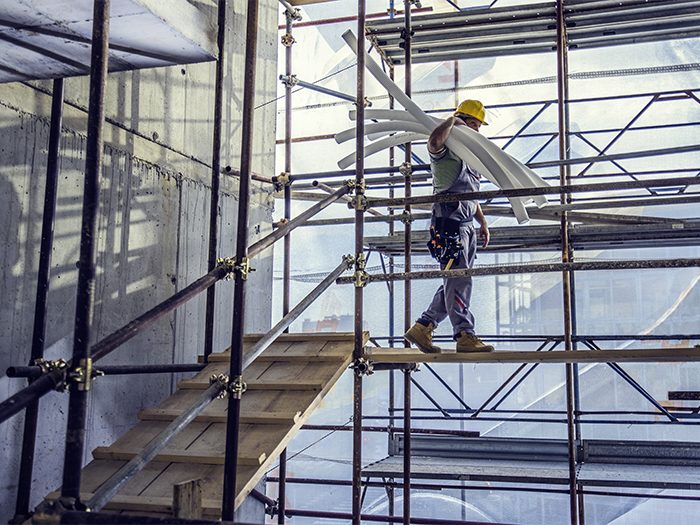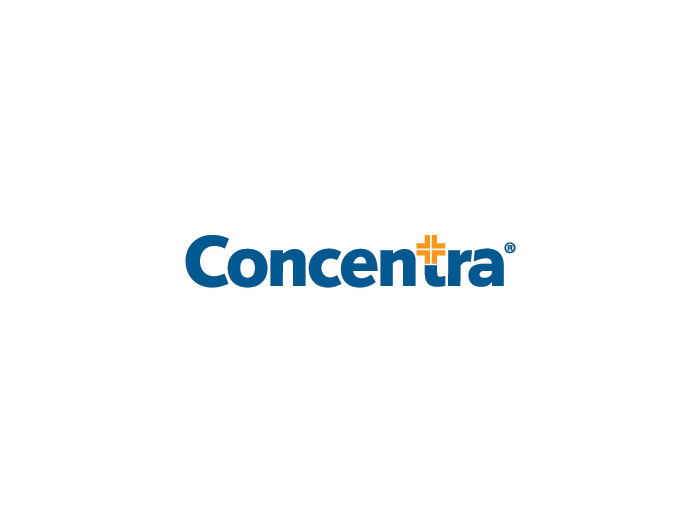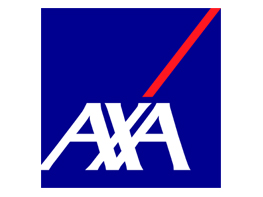Construction Safety
Fear of Falling: How to Keep Construction Workers Safe at Heights

Here’s some uncomfortable math. As of March 2017, the Bureau of Labor Statistics reported that around 4 percent of the U.S. population is employed in the construction industry. And yet, for the most recent reported year, that same industry was the source of 21 percent of all U.S. worker deaths.
More than a third of those deaths — 38.8 percent — were caused by falls. Non-fatal fall-related are also a serious concern. They are typically more severe than other injury types, often resulting in damage to multiple body parts, excessive time away from work, and often require short- or long-term disability leave.
Those facts are key drivers of OSHA’s annual week-long National Safety Stand-Down campaign, launched in 2014.
Now in the campaign’s fifth year, OSHA promotes the Stand-Down in partnership with numerous organizations including the National Institute for Occupational Safety and Health, the National Occupational Research Agenda, the Center for Construction Research and Training, the American Society of Safety Engineers and the National Safety Council.
Nationwide is among several insurers that promote the event among their clients. Nationwide’s data indicates that of the 10,000 workers’ comp claims it has processed over the past five years, more than 30 percent were related to falls from elevated surfaces.
Nationwide’s loss control services experts encourage insureds to engage employees in Stand-Down events. A Stand-Down event is simply a focused opportunity for employers and employees to talk about hazards, protective gear and strategies, and the company’s policies, goals and expectations related to fall safety.
Participation can be as simple as taking a break to have a company-wide toolbox talk or conducting other activities such as safety equipment inspections or discussing job specific hazards.
“These focused efforts — it’s really just asking employers to take a break, take time to talk about the hazards in the workplace, talk about the controls, talk about training,” said Mark McGhiey, Nationwide’s associate vice president of Loss Control Services. “It’s things they should be doing already, but it puts that hyper-focus on [preventing falls].”
With employment in construction and extraction occupations projected to grow 11 percent from 2016 to 2026 — faster than the average for all occupations — it’s wise for the construction sector and for all industries that have employees working at heights to intensify their focus on fall hazards.
With employment in construction and extraction occupations projected to grow 11 percent from 2016 to 2026 — faster than the average for all occupations — it’s wise for the construction sector and for all industries that have employees working at heights to intensify their focus on fall hazards.
The 2018 Stand-Down campaign runs from May 7 to May 11. But companies that hold stand-Down events through June 30 are eligible to receive a certificate of participation from OSHA.
To help keep workers safe on a daily basis, Nationwide recommends that construction companies and contractors:
- Develop written policies and plans to reduce the use of ladders, and make other safe options readily available.
- Regularly inspect equipment and repair or replace it as needed.
- Train workers to properly use and inspect mobile scaffolding and lifts.
- Encourage conversation between employees and managers on implementing best safety practices when working on elevated surfaces.
- Employ mobile scaffolds, scissor lifts or other elevated work platforms that are equipped with guardrails and additional protective gear.
- Use rope, pulleys, block and tackle or other appropriate material-handling aids to lift materials onto elevated surfaces.
- Provide podium stepladders, whenever possible, instead of standard A-frame stepladders.
Construction companies can also help increase employee engagement by suggesting they download and use NIOSH’s free Ladder Safety app at the Apple Store and Google Play. The app is available in English and Spanish.
Ladder Reduction Programs
Nationwide encourages its construction clients to reduce the use of ladders as much as possible. Mobile elevated work platforms such as rolling scaffolds, scissor-lifts or boom-lifts can have a significant impact on job-site safety.
For clients that haven’t yet acquired such equipment, or would benefit from additional units, Nationwide’s McGhiey said it’s often a matter of approaching them from the business owner’s point of view.
“By just switching out A-frame ladders to podium-style ladders, or eliminating ladders [in favor of] scissor lifts, not only does it increase the insureds or subcontractor’s or contractor’s productivity, it helps their overall safety. You can merge those two together and show a business owner that by doing things in a different manner than they’re used to, they can improve their profitability while improving their employees’ safety at the same time,” he said.
For an insurance carrier working with a client, it goes beyond being a risk management partner to being a business partner, said McGhiey. “Explain the impact on a company’s bottom line from a productivity and efficiency standpoint, then pivot them to understand how this is going to impact their employees safety.”
For Nationwide, supporting OSHA’s National Safety Stand-Down campaign aligns easily with the insurer’s commitment to educating insureds and supporting their efforts to reduce risk and keep workers safe.
“The biggest thing we can do is to educate, provide support and reinforce what is out there from a safety standpoint,” said McGhiey. &











